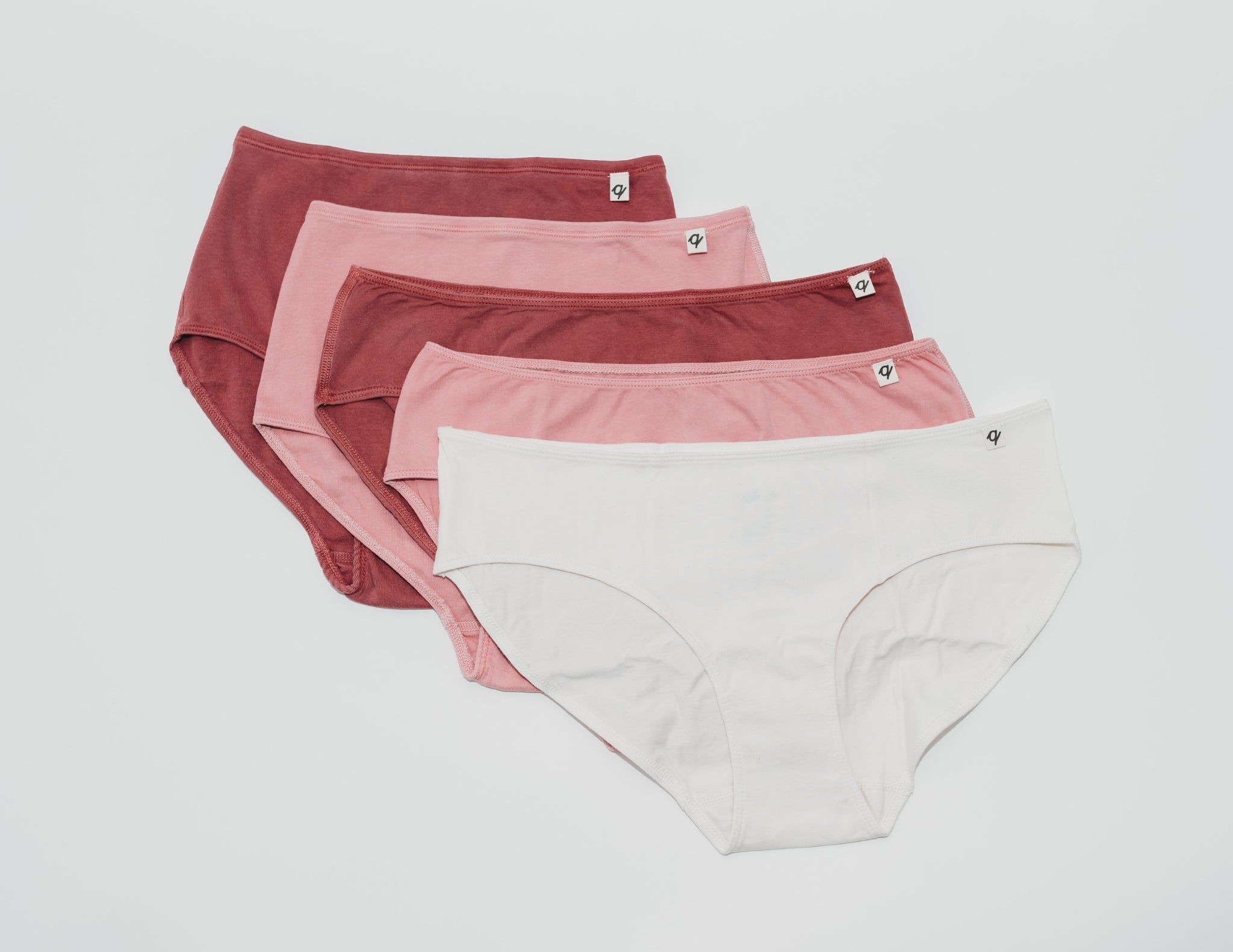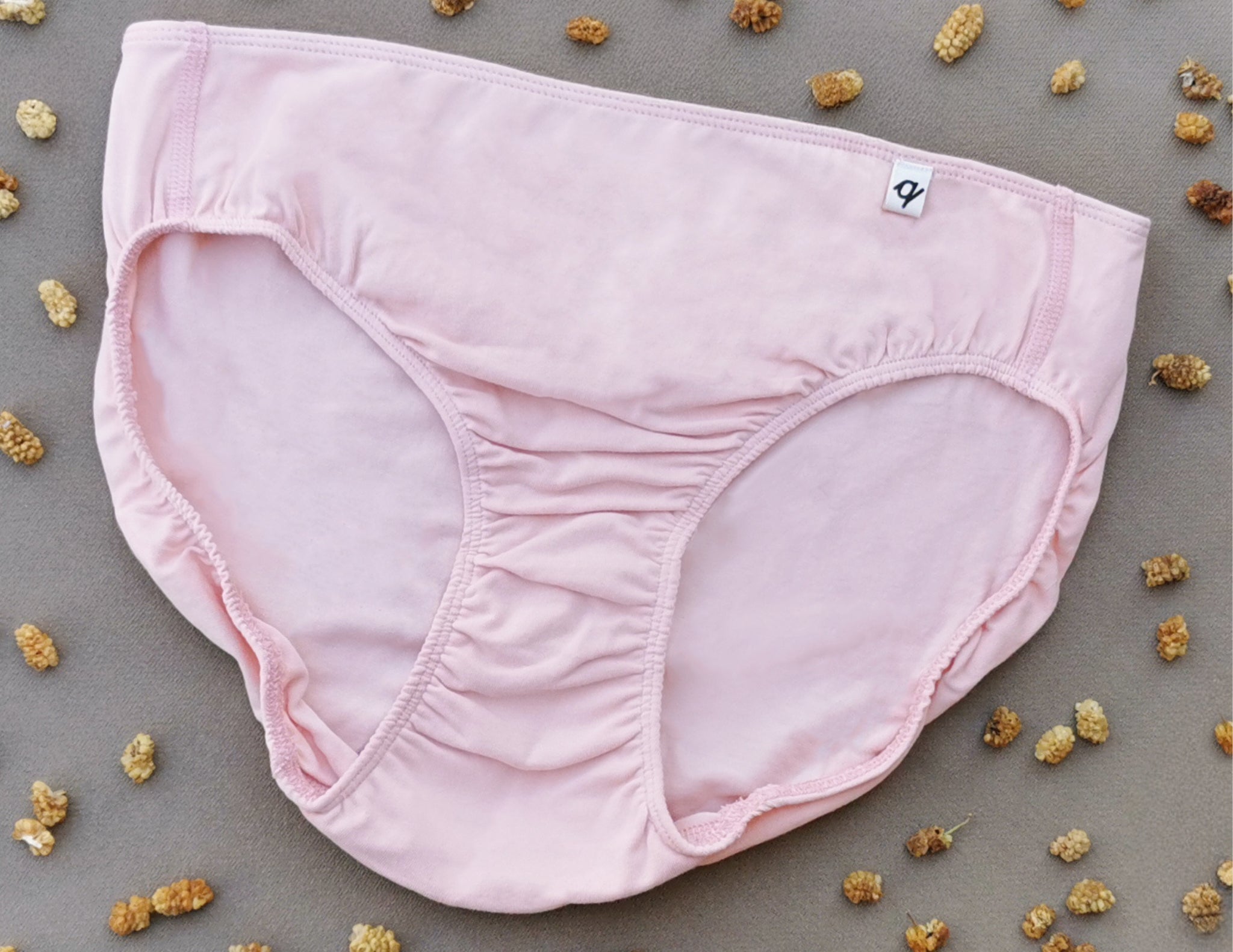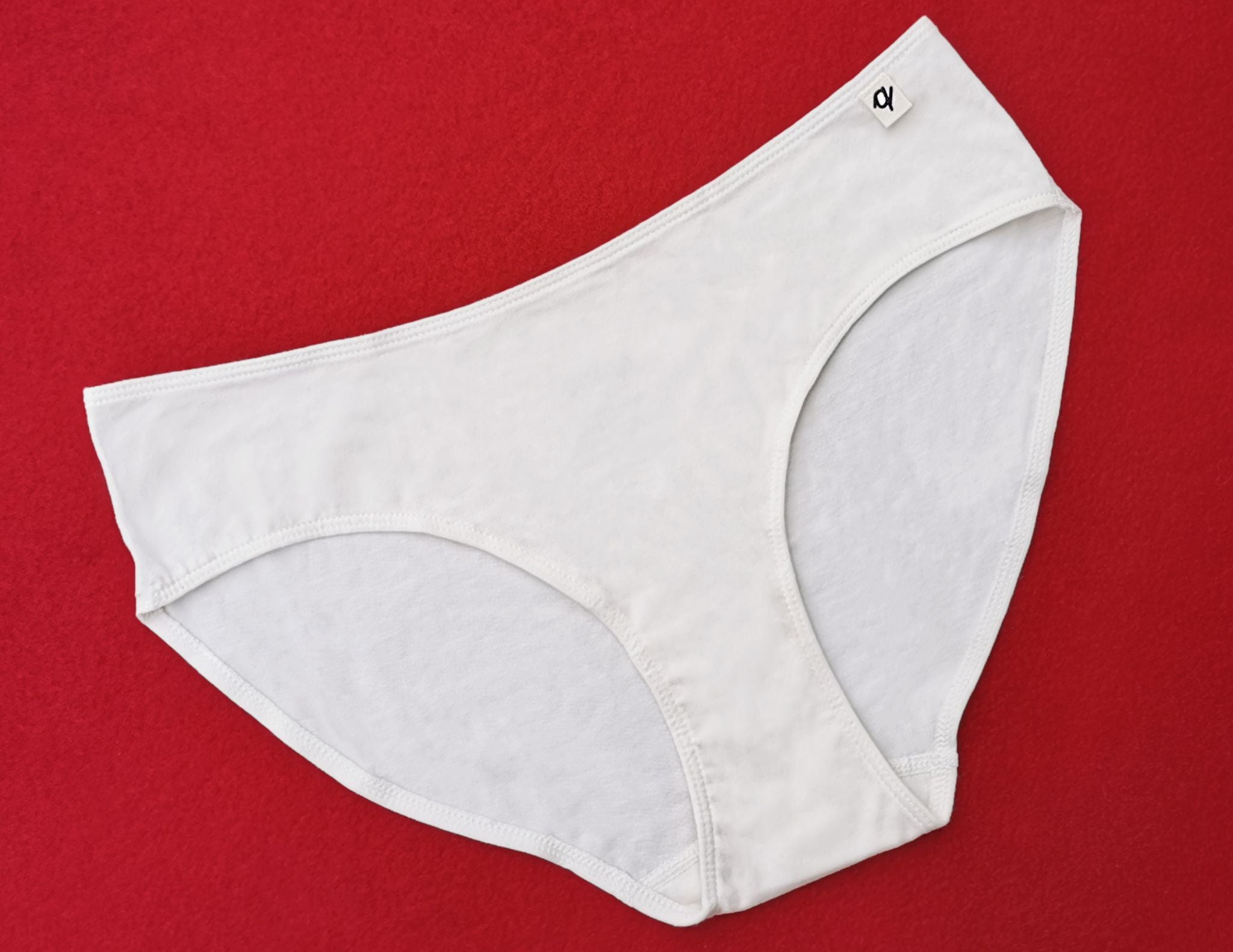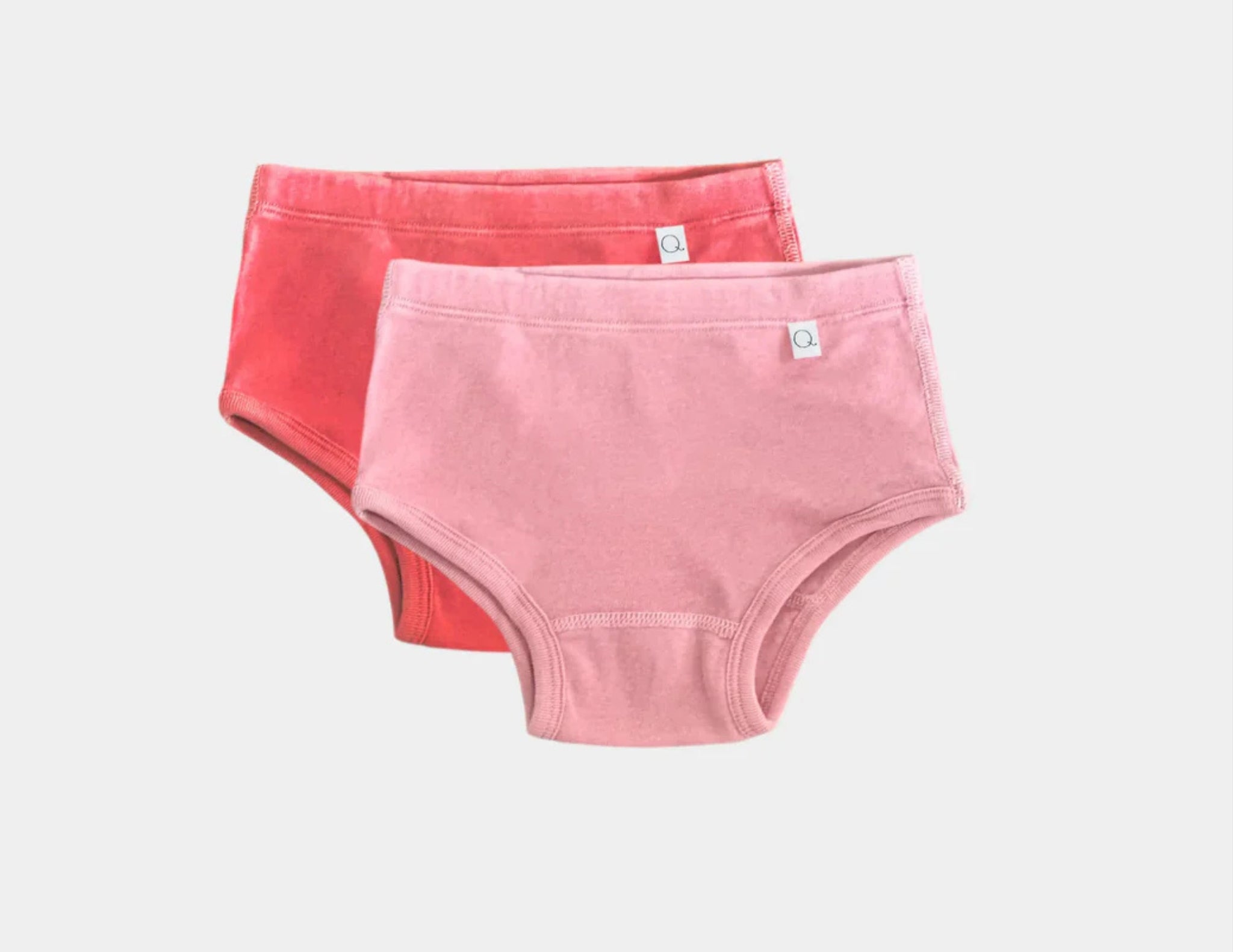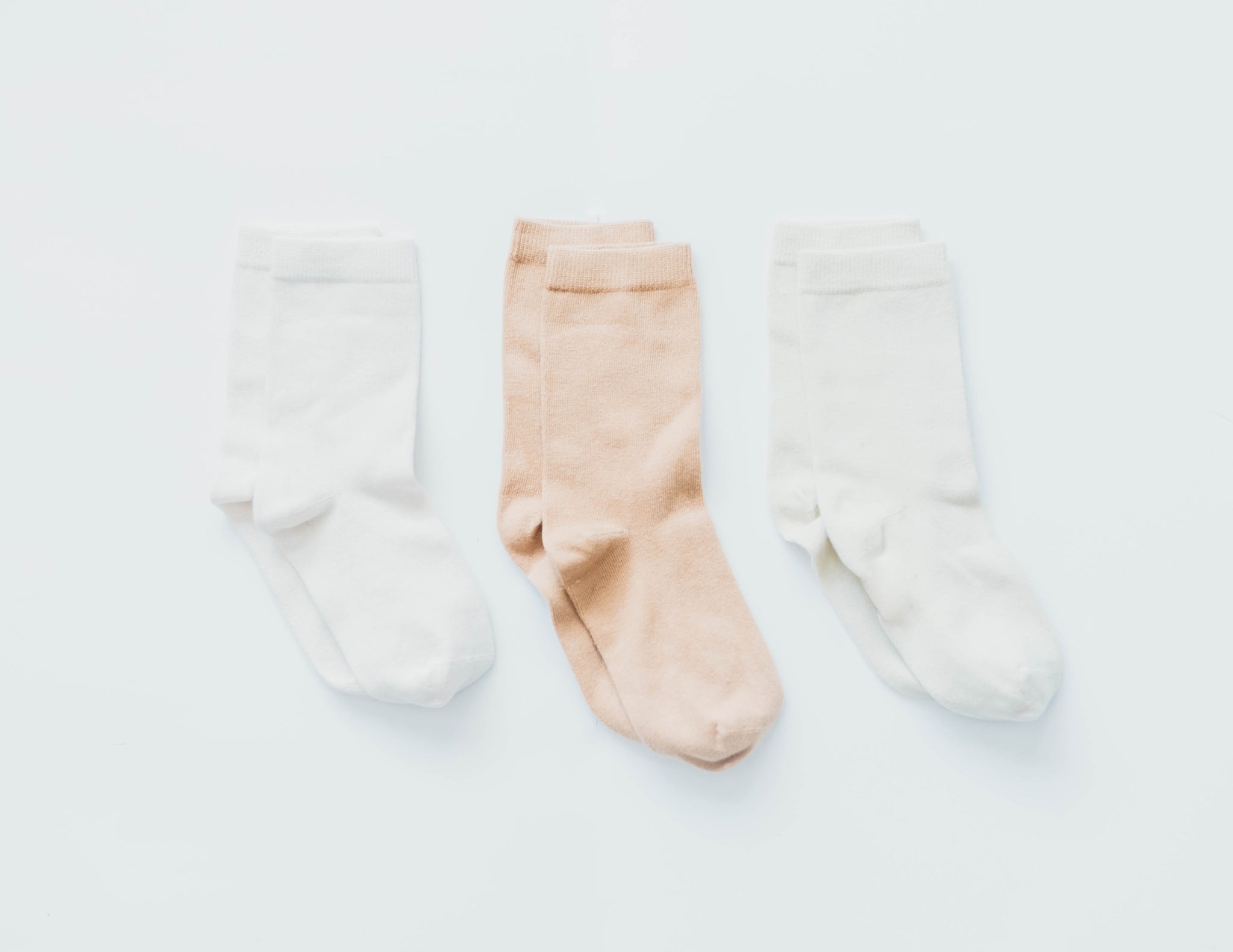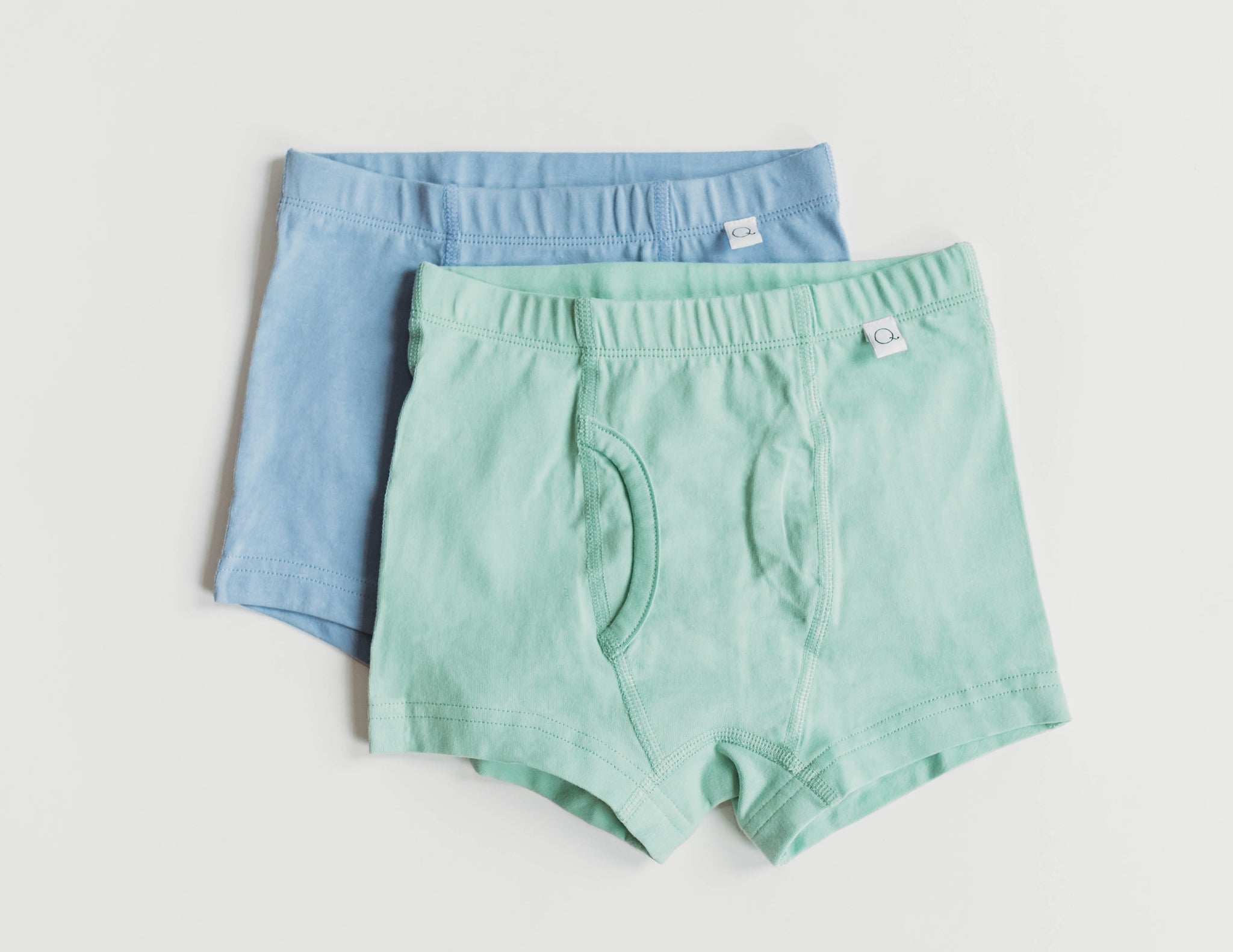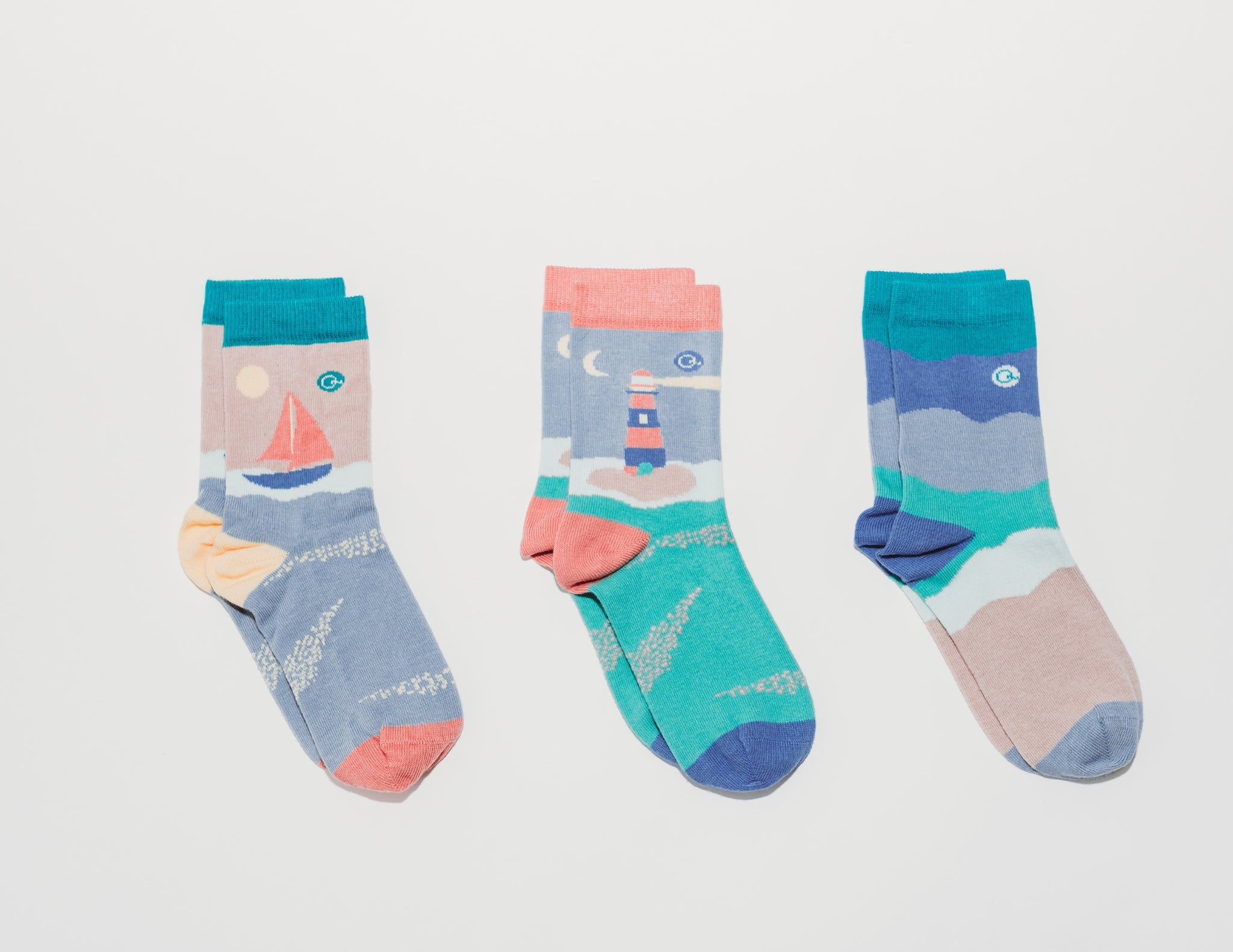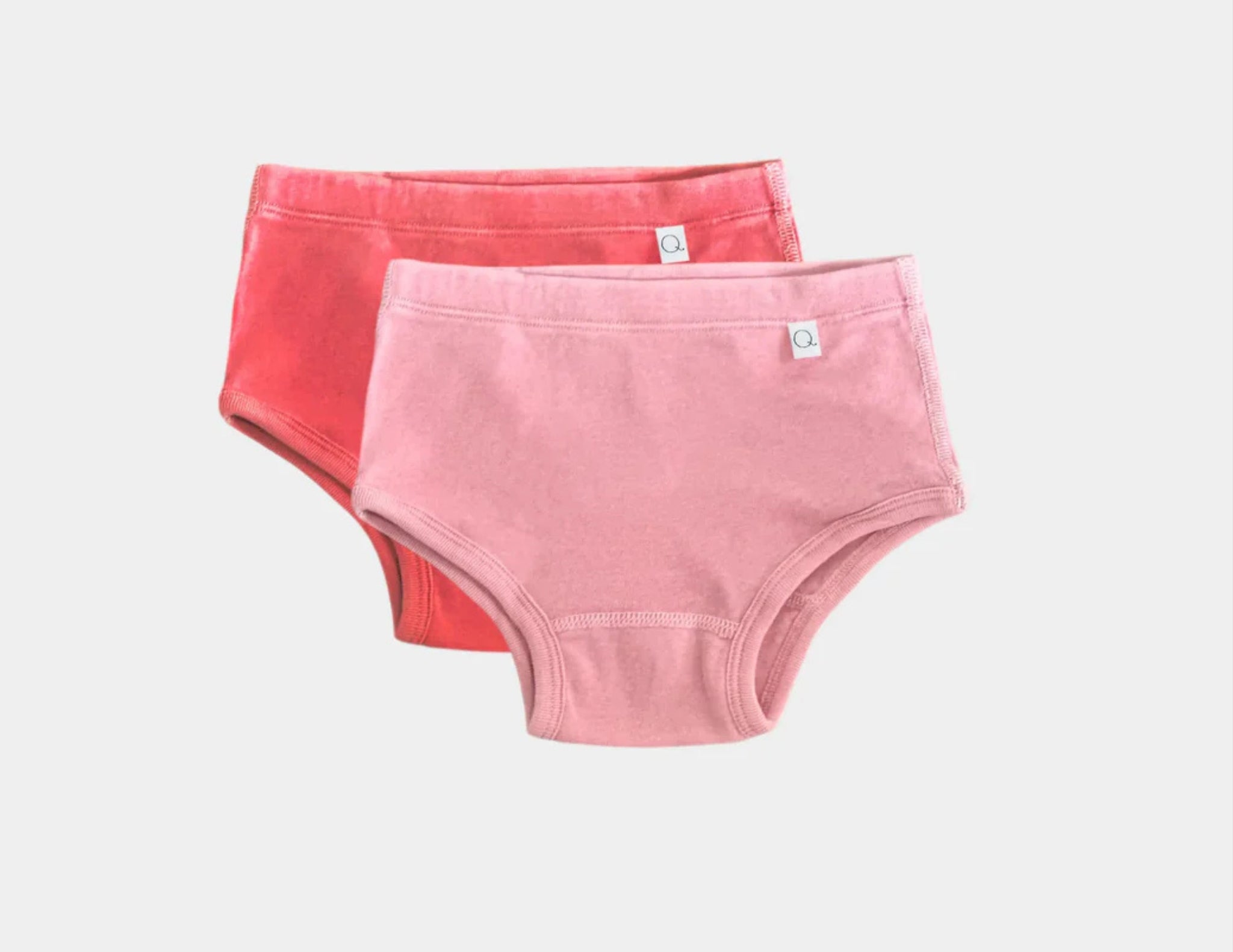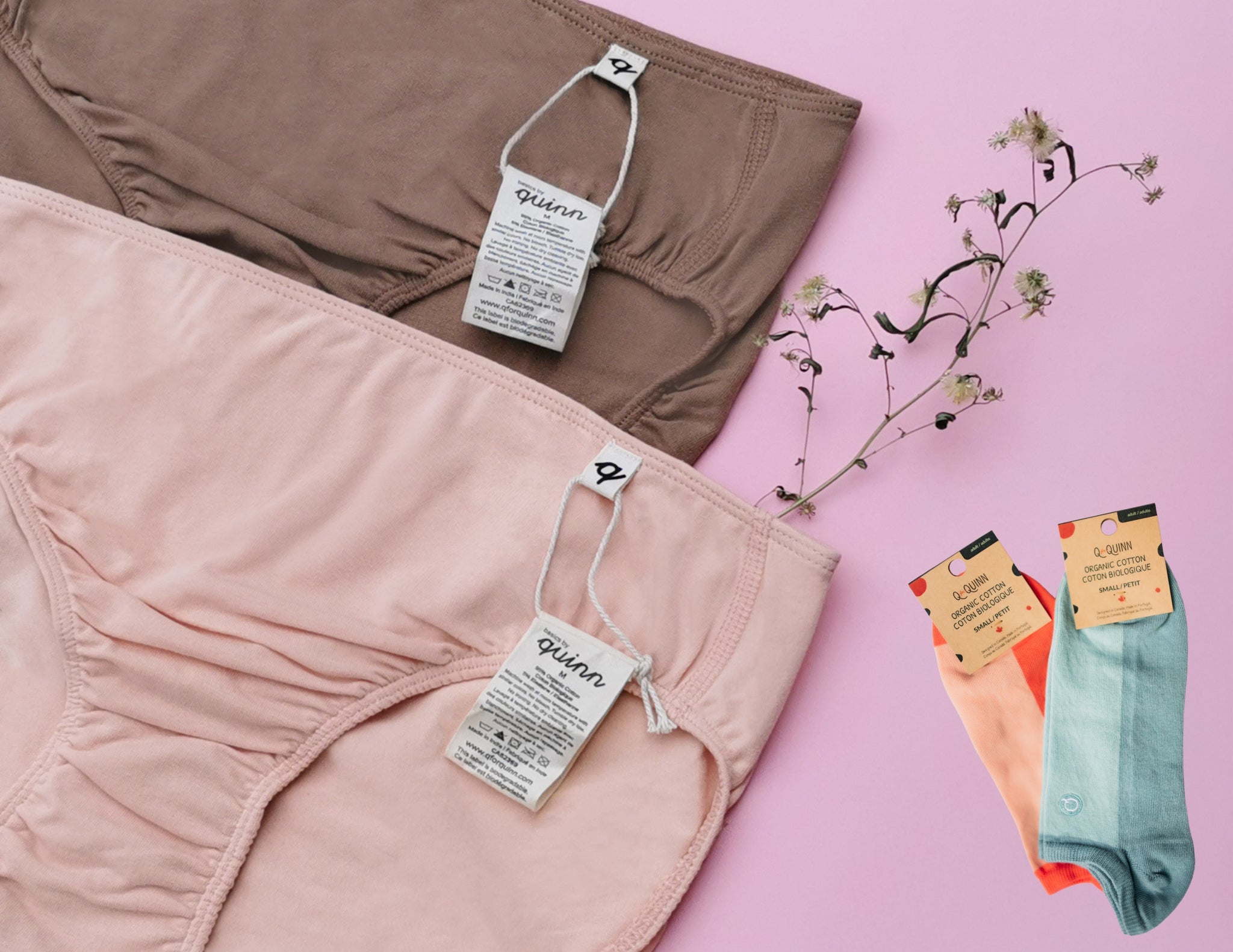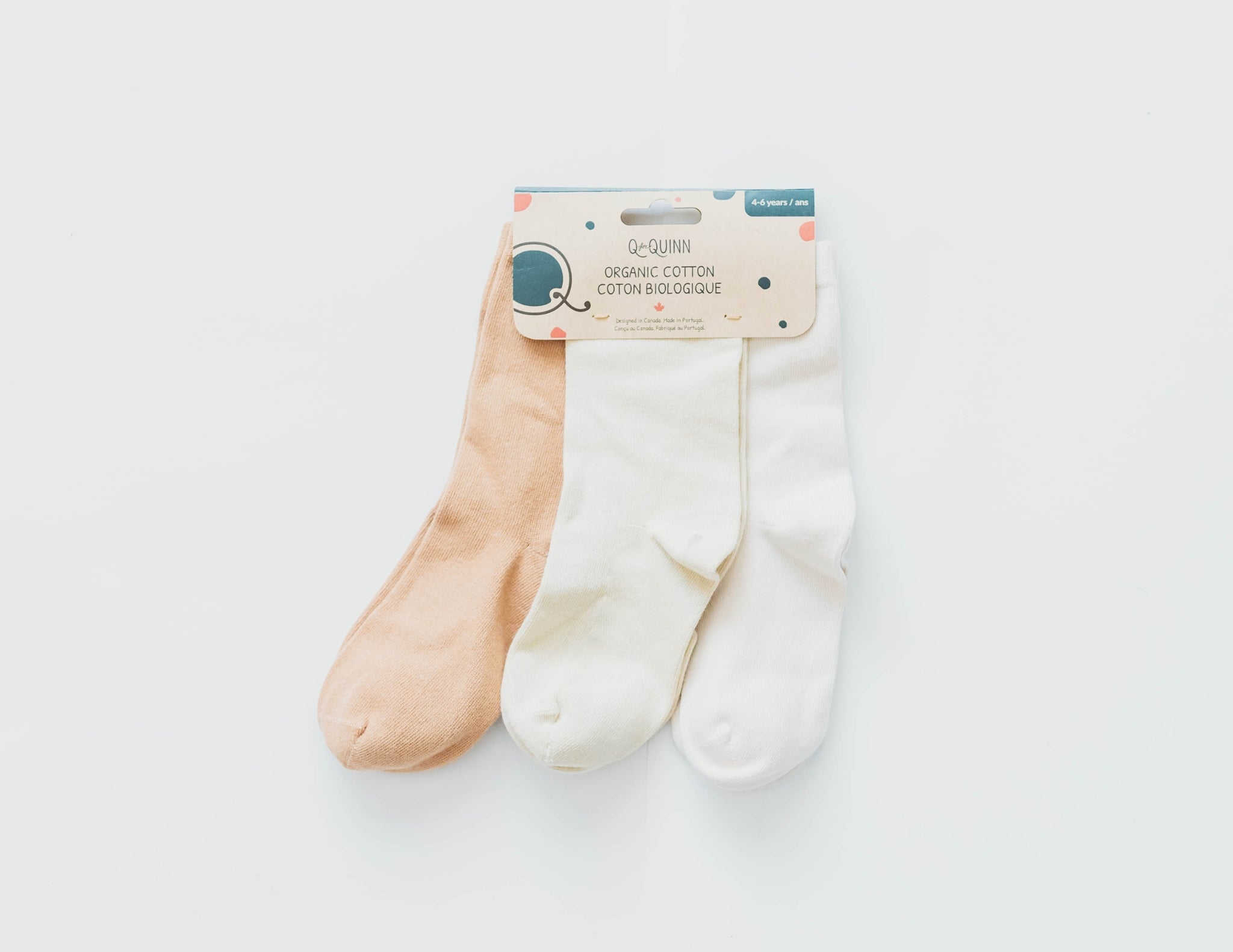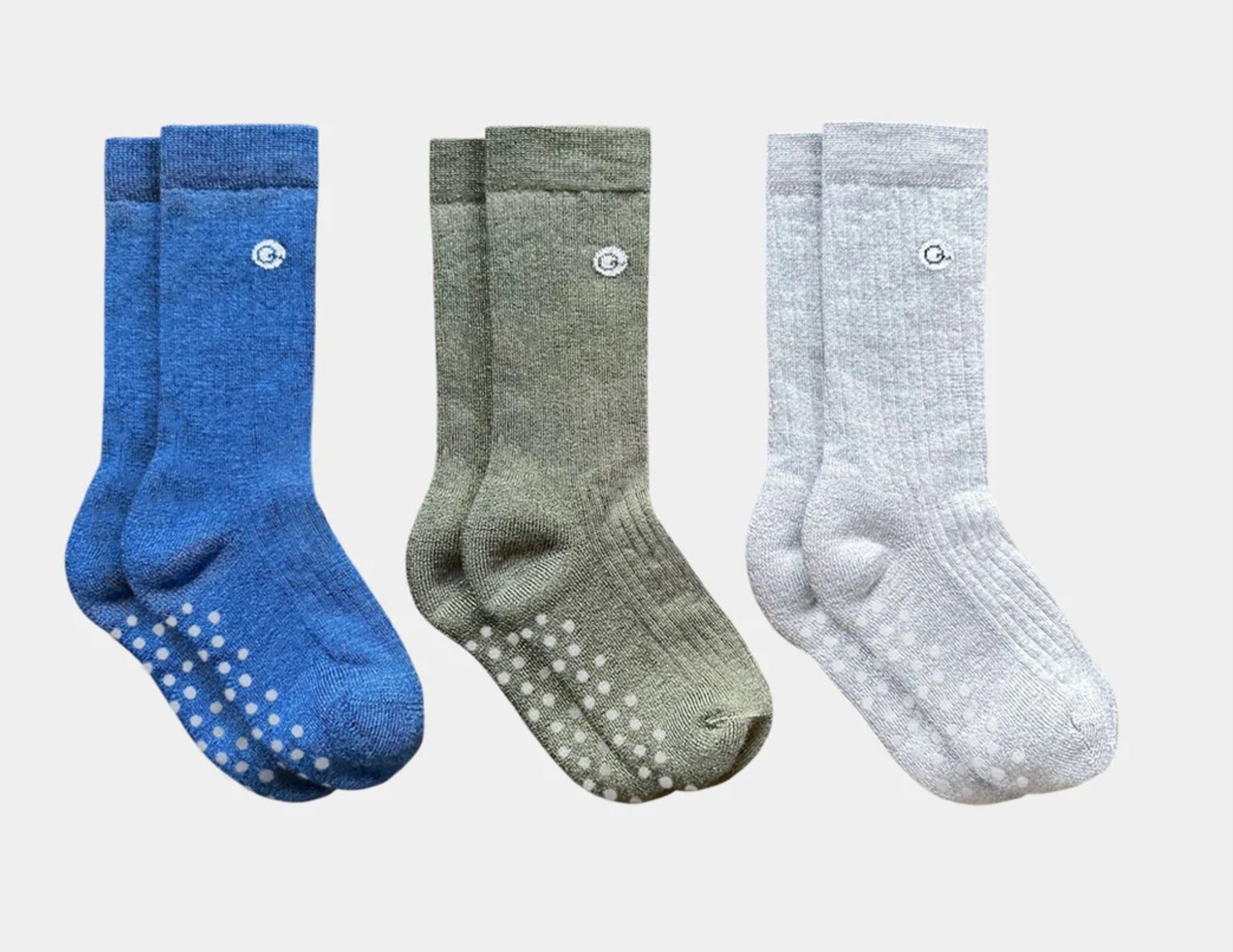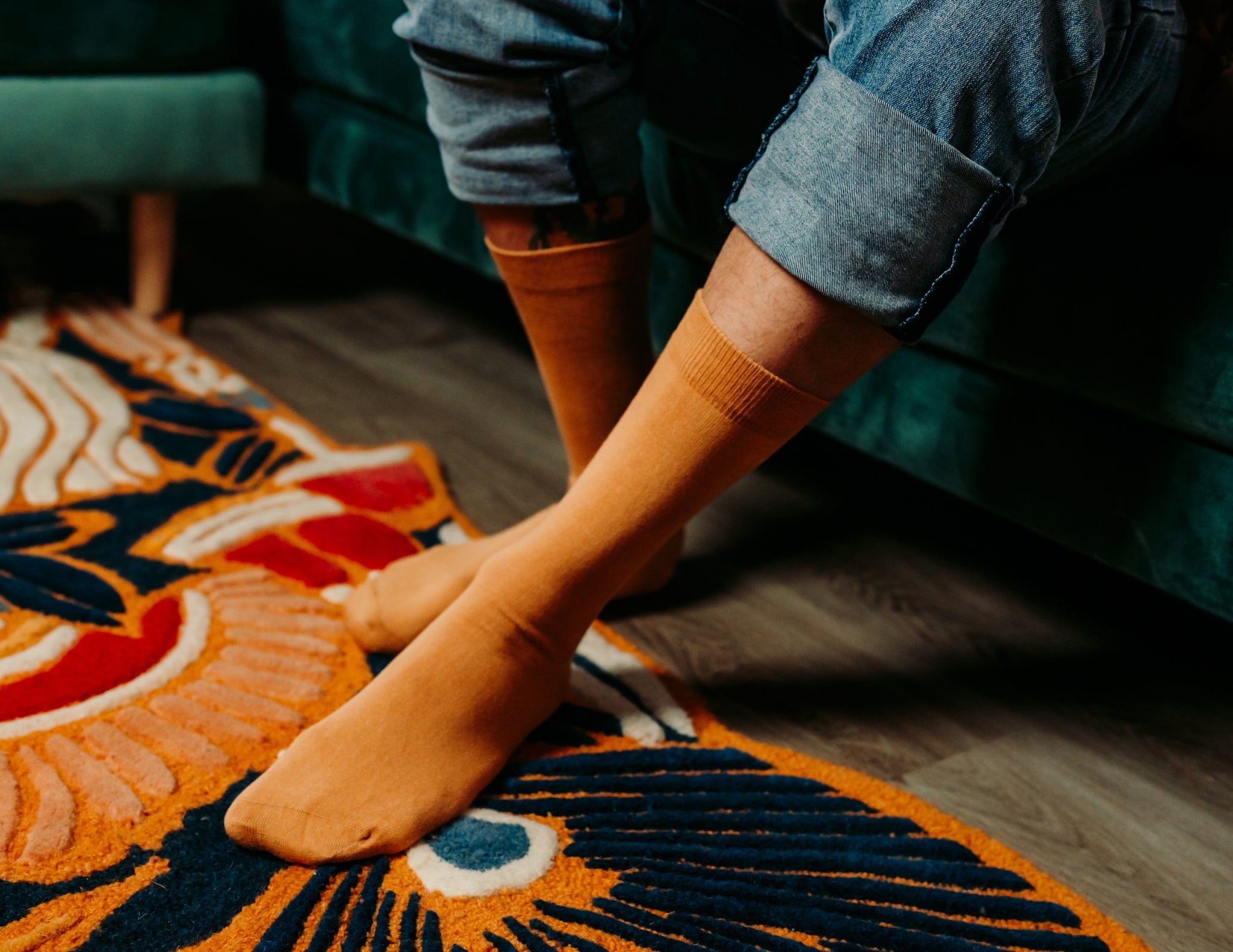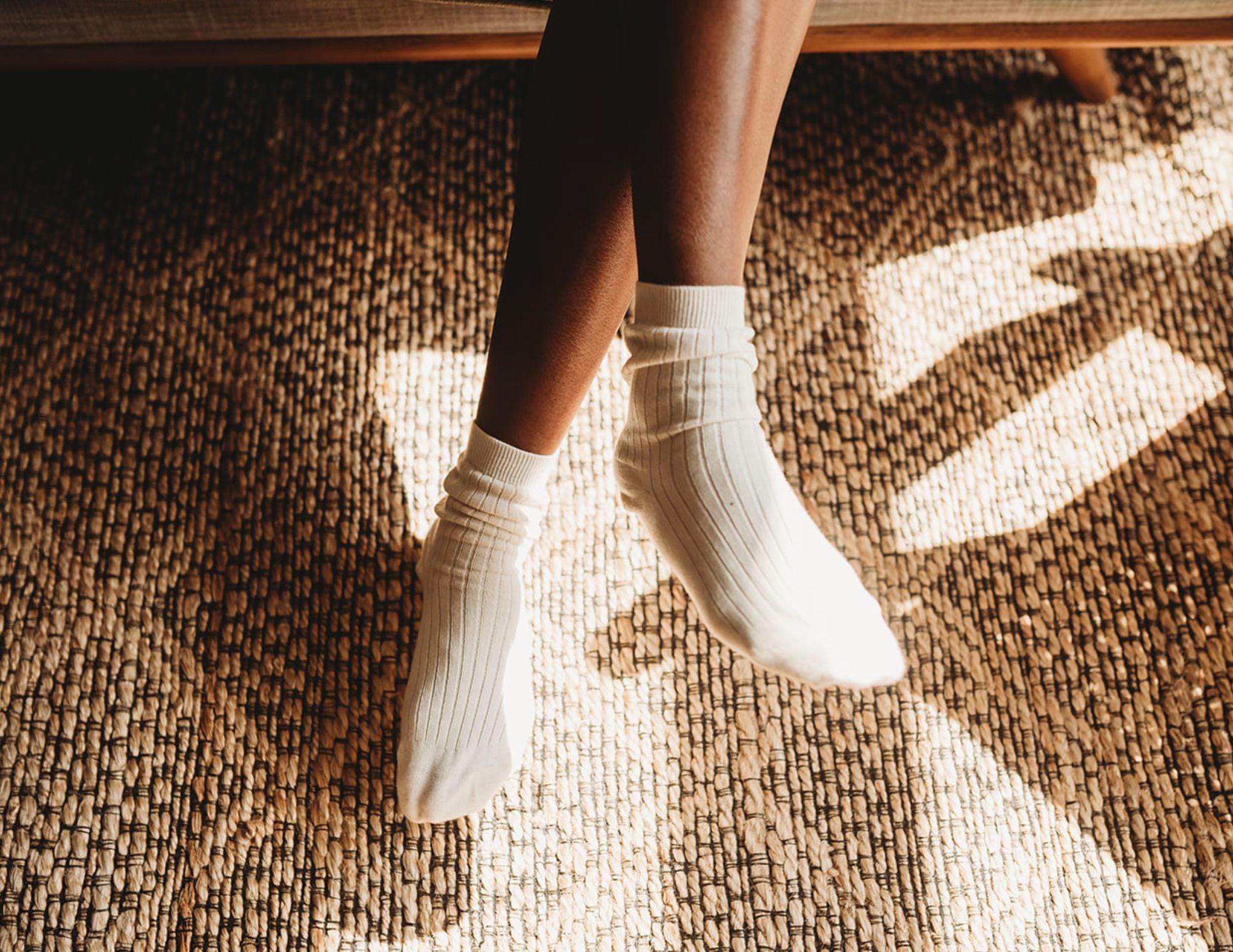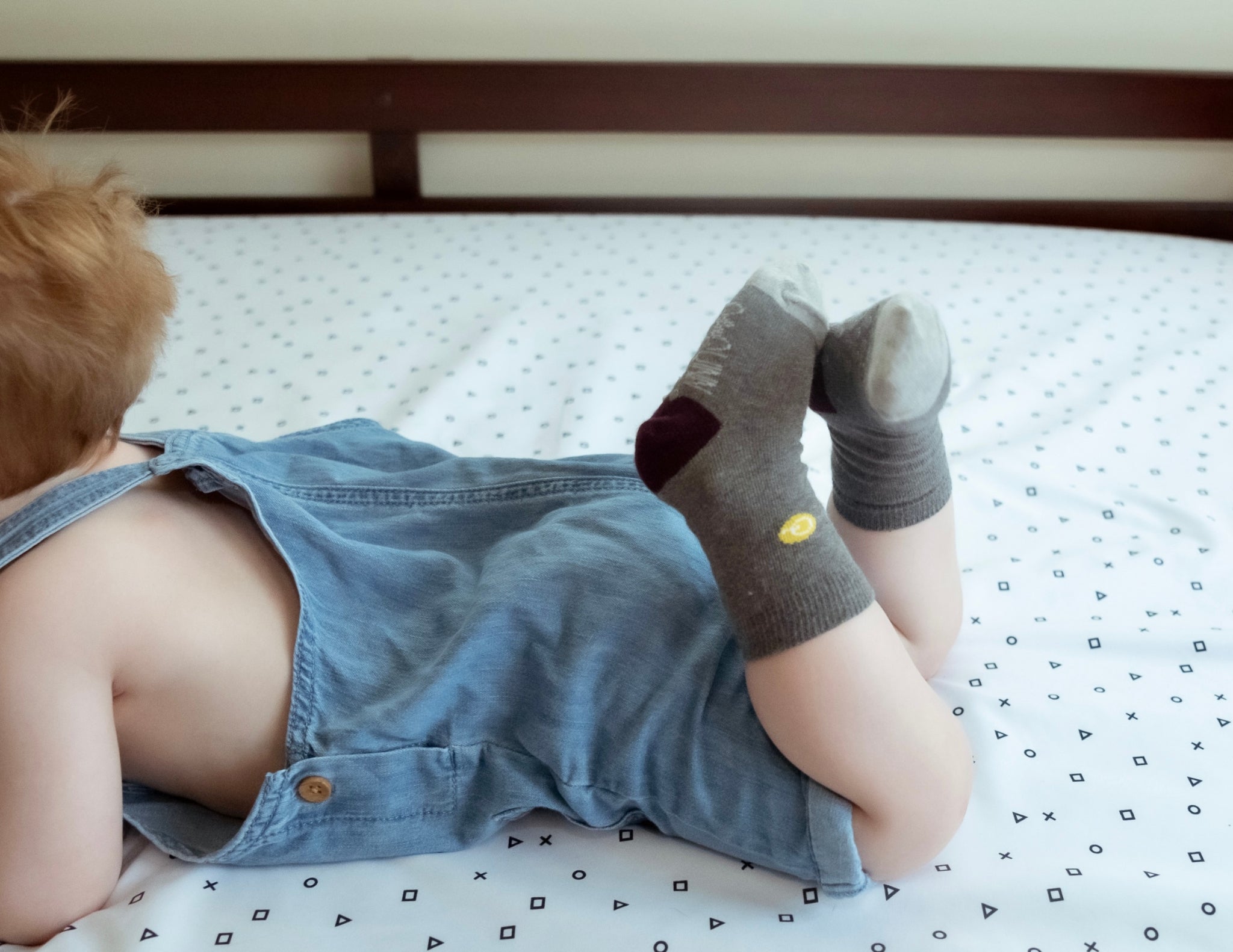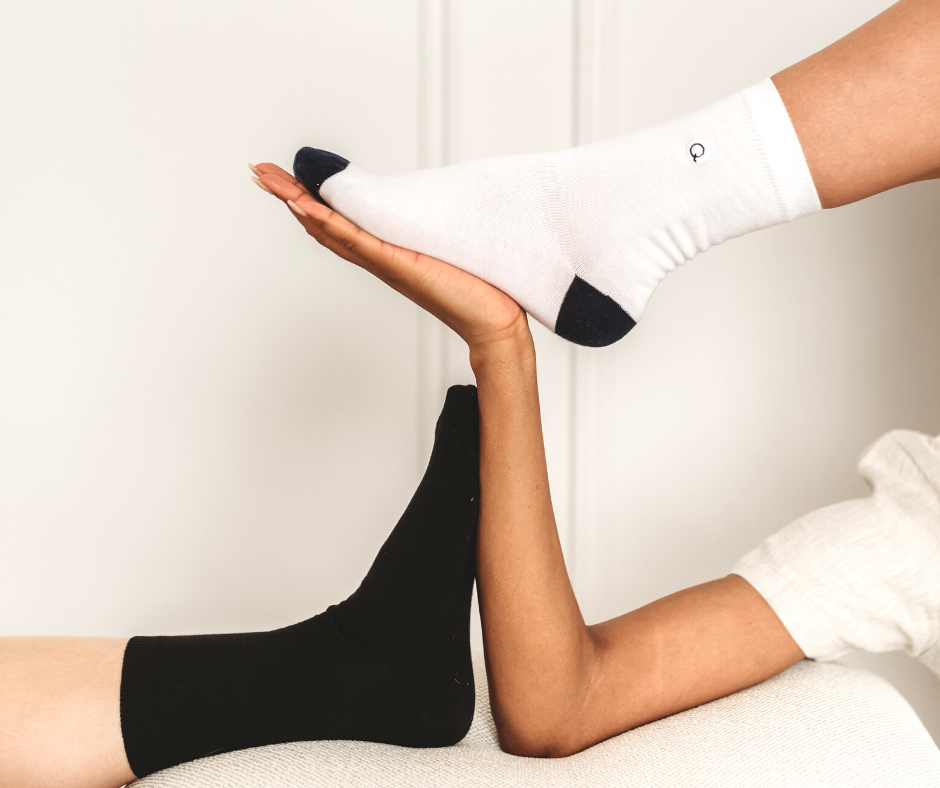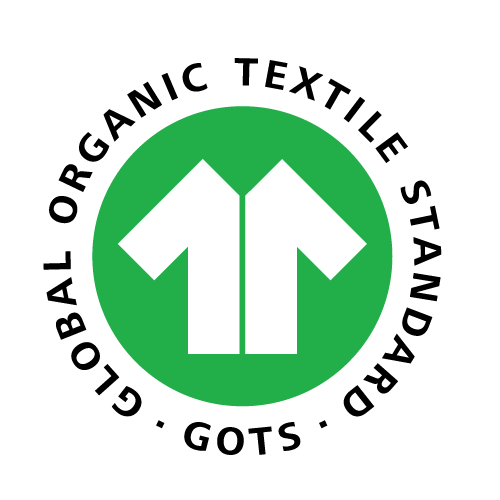
Can You Be Allergic to Clothes? Understanding Allergic Reactions to Fabrics
Can you really be allergic to your clothes? The short answer is yes. Clothing allergies, officially known as textile contact dermatitis, are a form of skin inflammation triggered by fabrics or the chemical additives in them. In essence, it’s a type of contact dermatitis – your skin’s immune system overreacting to something it touches. This might be the fiber itself (though true fiber allergies are rare) or, more commonly, the dyes, resins, glues, and other chemicals used in processing the fabric. If you’ve ever developed an itchy rash after wearing a new shirt or noticed your child scratching after wearing certain pajamas, you’ve seen this phenomenon first-hand. And clothing-related reactions are becoming more common today, likely due to modern textile manufacturing practices that involve a “cocktail” of new synthetic fabrics and chemical treatments known to irritate skin.
In this article, we’ll break down what causes clothing allergies and how to recognize them. We’ll also look at why babies and children – especially those with eczema – are extra susceptible, and which materials are most irritating versus which are soothing. Finally, we’ll provide practical tips for choosing and caring for clothing to keep sensitive skin happy.
Understanding Textile Dye Allergies and Dermatitis
Textile contact dermatitis (sometimes just called “clothing allergy”) is basically your skin having an outsized reaction to something in your clothes. Medically, it can be classified as either irritant contact dermatitis or allergic contact dermatitis, and sometimes a mix of both. Here’s what that means:
- Irritant contact dermatitis: This is when a substance physically or chemically damages the skin barrier, causing irritation. With clothing, irritants might include rough fibers (like scratchy wool) or harsh chemicals that directly inflame the skin. For example, synthetic fabrics such as polyester or nylon often trap heat and sweat, which can irritate skin and lead to a prickly rash even without a true allergy. Similarly, coarse materials or tight garments can cause friction that rubs the skin raw.
- Allergic contact dermatitis: This involves the immune system. Your skin actually becomes allergic to a specific substance in the clothing. When you wear that item, your immune system treats the substance like an invader, leading to inflammation. This is usually a delayed reaction – you might not see a rash until hours or even a day or two after wearing the offender. Common clothing-related allergens include certain dye chemicals, finishing resins, and rubber or metal components (more on these shortly). Once you develop an allergy, even a tiny amount of that trigger touching your skin can set off a reaction.
Most cases of clothing dermatitis involve an allergic mechanism (your body reacting to a chemical allergen in the fabric) or a combination of allergy plus irritation. For instance, a pair of jeans might cause trouble not only because of the dye itself but also due to friction and sweat that help the dye leach onto your skin. A key point is that textile allergies often present subtly and later, you could wear a new shirt all day fine, then only notice redness that night or the next day.
What Exactly in Clothes Causes Reactions?
It’s not usually the fiber alone. While a handful of people do have sensitivities to fibers like wool (which can be scratchy) or even cotton or silk, true fiber allergies are uncommon. Instead, chemical additives and textile dyes are the top culprits in textile allergies. Here are the usual suspects:
- Textile dyes: The colors that make your t-shirts red or your jeans blue can contain potent allergens. Azo dyes, a class of synthetic dyes, have historically been among the most allergenic dyes. When these dyes aren’t well fixed to fabric, they can “bleed” onto your skin (especially if you sweat), causing dermatitis. In fact, allergy to textile dyes can lead to severe eczema wherever the colored clothing touches you. Certain disperse dyes used in polyester are notorious – Disperse Blue 106 and 124 were even dubbed “Allergen of the Year” in 2000 due to how often they caused clothing rashes. The good news is many of the worst-offending dyes (like some azo dyes) are used less now because of these allergy issues. Still, dyed fabrics remain a common trigger, particularly dark or vibrant colors.
- Formaldehyde and finishing resins: To make fabrics wrinkle-free, shrink-resistant, or mildew-proof, manufacturers often treat them with formaldehyde-based resins. Unfortunately, formaldehyde is a well-known skin allergen and irritant. “Permanent press” or “no-iron” shirts, for example, likely contain formaldehyde finish. Formaldehyde can cause allergic contact dermatitis that tends to show up in areas with a lot of friction (some people even get “trouser dermatitis” from formaldehyde in pant fabric). Not only can it provoke rashes, but formaldehyde is also linked to respiratory irritation and is classified as a carcinogen with long-term exposure– definitely a chemical you’d want to minimize in clothing, especially for children.
- Other chemical additives: Beyond dyes and formaldehyde, there’s a laundry list of chemicals used in textiles. Flame retardants are added to kids’ pajamas and other garments to meet fire safety standards, but these chemicals (like organophosphate flame retardants) can irritate skin and even have hormone-disrupting effects. Water-resistant and stain-proof coatings often use perfluorinated chemicals (PFAS) that can cause irritation and are nicknamed “forever chemicals” for how they persist in our bodies and environment. For more information, check our article on non-toxic and chemical-free bras. Even antimicrobial treatments (meant to prevent odor) can introduce irritants. In essence, anytime a garment is advertised as having a special property – “wrinkle-free,” “stain-resistant,” “antibacterial,” “flame-resistant” – it has likely been treated with chemicals that could bother sensitive skin.
- Metals and hardware: Sometimes, the non-fabric parts of clothing are to blame. The classic example is a nickel allergy from the metal rivet or button on jeans. Nickel is one of the most common contact allergens in general, and if you’re allergic, you might see a round, red rash right where that metal jean button touches your abdomen. Similarly, metal fasteners on bras, snaps on baby onesies, or zippers can all contain nickel (or cobalt or chrome) and cause localized rashes. If you consistently get a rash in one spot corresponding to metal on your clothes, a metal allergy is worth considering.
- Rubber and elastic components: Latex (natural rubber) and rubber accelerators (chemicals used to make elastic stretchy) are other hidden allergens in clothing. Elastic waistbands, sock cuffs, underwear elastic, and bra straps may contain latex or related compounds. People with latex allergy can get itchy, red welts wherever that elastic presses on the skin. Even “latex-free” elastic often contains other rubber additives (like mercaptobenzothiazole or thiurams) which themselves can cause allergic dermatitis in susceptible individuals. So if you have unexplained rashes around your waist, ankles, or wrists (common elastic areas), the stretchy parts of your clothing could be to blame.
- The fabric itself: As noted, fibers are rarely the primary allergen, but they can be irritants. Coarse wool is infamous for causing itch not by allergy but by mechanical irritation – the fibers are prickly and can trigger eczema flare-ups in sensitive folks. Some individuals report being “allergic to wool,” but often it’s a sensitive-skin issue rather than a true immune reaction. Synthetic fibers (polyester, acrylic, etc.) aren’t allergenic on their own, but they create an environment that fosters irritation: they are less breathable, causing you to overheat and sweat, which aggravates eczema and dermatitis[6]. By contrast, natural fibers like organic cotton allow more airflow.
In summary, textile dermatitis usually comes down to chemistry: dyes, finishes, and additives in our clothes. Modern clothing production uses thousands of chemicals, and manufacturers are not required to list these on labels. That’s why identifying the exact cause of a clothing allergy can be tricky – it might not be obvious what chemical is lurking in that shirt or how to avoid it.
Textile Dye Allergy Symptoms
How do you know if you’re dealing with a clothing-related allergic reaction? Textile dermatitis can look very similar to other forms of eczema or skin rashes, so context is key. Here are some telltale signs and symptoms:
Typical symptoms include itching (often the first and most common sign), redness, and patches of inflamed, dry, or scaly skin. The rash might be bumpy or give rise to tiny blisters, especially if it’s a strong allergic reaction. In chronic cases (with ongoing exposure), the affected skin can become thickened or darker from prolonged scratching. If the reaction is severe, you could even see oozing or weeping of the skin, but that’s less common for clothing allergies unless you continue wearing the offending item.
One hallmark of textile contact dermatitis is distribution: the rash often appears in areas that had the most contact with the fabric or where sweat and friction occur. Common locations are: behind the knees, in the crooks of the elbows, around the waistline, on the thighs and buttocks, and in the armpits. For example, you might have red, itchy patches on your waist, hips, or upper thighs from an elastic waistband or dyed leggings, or a rash under the arms from a shirt’s seam or dye. Infants with clothing allergy may get rashes on the back or tummy where a onesie or diaper touches, or on the neck from a collar tag.
One important thing: textile dermatitis can mimic or exacerbate other skin conditions. Many people with clothing allergies also have eczema (atopic dermatitis) or sensitive skin, and the two problems feed into each other. You might already have dry, eczema-prone skin in areas like the elbows or backs of knees; then wearing an irritating fabric causes a fresh flare of eczema in those spots. Sometimes textile allergy is overlooked because it’s assumed to be “just my eczema acting up.” Paying attention to whether certain clothes consistently trigger flares can help distinguish the two. In some cases, the only symptom of a clothing allergy might be persistent itchiness with no obvious rash – the skin just feels irritated whenever you wear certain garments. So, an unexplained itch could still be a form of textile dermatitis even if your skin looks normal.
To sum up the symptom picture: if you have red, itchy, eczema-like patches in areas where clothing fits tightly or rubs, suspect textile dermatitis – especially if these rashes come on after wearing new or unwashed clothes, or specific items from your wardrobe. The reaction might show up a bit after exposure and linger for days. Itch is prominent, and removing the offending clothing usually leads to gradual improvement (with or without treatment).
Why Babies and Children Are More Prone to Clothing Allergies
If it seems like babies and young children often have issues with certain clothes, you’re not imagining it. Little ones have delicate skin and unique vulnerabilities that make them more susceptible to fabric-related reactions. Here’s why parents need to be particularly mindful:
- Thinner, more sensitive skin: A baby’s skin is much thinner and less oily than an adult’s, with a weaker protective barrier. Chemicals can penetrate their skin more easily. So, a level of dye or resin that might not bother an adult can cause a reaction on a baby’s skin simply because it’s more permeable and tender. Babies also have a higher surface-area-to-body-weight ratio, meaning they get a bigger exposure dose of chemicals per pound of body weight than adults from the same clothing. All this makes them inherently more sensitive to irritants and allergens.
- Higher risk of atopic eczema: Infants and children commonly have eczema (atopic dermatitis) – in fact, up to 20% of kids get eczema in the first few years of life. Eczema means the skin barrier is already compromised and extra reactive. Rough fabrics, heat, and chemicals will trigger an eczema flare more easily on such skin. For example, many parents find that wool or polyester pajamas make their child’s eczema worse by causing overheating and sweating, leading to a vicious itch-scratch cycle. Even a small amount of residual detergent or a rough clothing tag can set off a rash in an eczematous child.
- Sweat and overheating: Young children can’t regulate body temperature as efficiently. They often get sweaty during play or sleep. Combine sweat with synthetic or snug clothing, and you have a recipe for irritation: sweat can leach out dyes and promote friction. A baby bundled in non-breathable fabrics may develop heat rash or trigger textile dermatitis in warm, humid conditions. That’s why pediatric dermatologists often recommend light, breathable layers for kids with sensitive skin.
- Contact with lots of gear: Babies don’t just wear clothes – they’re swaddled in blankets, strapped into car seats, cuddling stuffed toys, etc. These fabrics (plus diapers!) are in constant contact with their skin. If any of those fabrics contain irritating substances, it can lead to widespread rash. For instance, a child’s bedding or car seat cover treated with flame retardant might cause a back or thigh rash after long contact. Babies also can’t tell us when something is uncomfortable; they might just get fussy or start scratching/pulling at their clothes if they’re itchy.
- Chemical content in kids’ garments: It’s ironic (and upsetting), but many textile chemicals are found in higher concentrations in children’s items than in adult clothing. A notable example is formaldehyde in kids’ clothes and bedding – investigations have found some children’s garments (even major brands) with formaldehyde levels exceeding safe standards. Likewise, baby sleepwear often has flame retardants by law. And as a Q for Quinn blog highlighted, one study found BPA (an endocrine-disrupting chemical) in 9 out of 10 pairs of baby socks tested. Babies are essentially wrapped in chemicals unless we actively seek out chemical-free options.
Given all this, it’s no surprise that experts urge using the mildest, most natural clothing possible for infants and children with sensitive skin. Many parents of eczema-prone kids switch to organic cotton clothing, tagless outfits, and double-rinsing laundry to remove detergent residues.
Materials That Can Irritate Textile Allergies
Not all fabrics are created equal when it comes to sensitive skin. Some materials are more likely to irritate or cause allergic reactions, while others are generally calming and comfortable for troubled skin. Let’s break it down:
Materials and Factors That Often Irritate:
- Synthetic fibers (polyester, nylon, acrylic, spandex): These are common in athletic wear, swimwear, and blends. Synthetics don’t breathe as well as natural fibers, so they trap heat and moisture against your skin. This can lead to what some call “exercise-induced” or “sweat-induced” dermatitis – essentially, sweat gets locked in, the skin stays damp, and any friction or residual chemicals have a greater effect. Also, many synthetic fabrics are colored with disperse dyes (remember those common allergens) and may contain more manufacturing residues. If you notice you itch more when wearing poly-blend leggings or a nylon jersey, it could be the fabric itself fostering irritation. Tight, non-breathable outfits are the worst combo: dermatologists note that tight clothing in hot, humid weather often triggers textile dermatitis because of the sweat and rubbing factor.
- Wool and rough fibers: Traditional wool (from sheep) has scales on the fibers that can feel prickly. Many people with eczema report that wool clothing “makes me itchy immediately.” It’s usually an irritant reaction to the coarseness, not a true wool allergy. That said, some could be allergic to lanolin (a natural oil in wool), but that’s less common. Coarse wool sweaters, blankets, or carpets can provoke redness and itching on contact – classic areas are the neck (from a wool scarf) or legs (from wool trousers). If you love wool for warmth, consider merino wool, which is a much finer fiber and often tolerated by eczema patients because it’s softer and helps regulate moisture. Still, each person is different; always test wool garments for a short period to see if they irritate your skin.
- Rayon (viscose): Although rayon is made from plant cellulose, it’s processed with heavy chemicals and often loaded with finishing agents. Some people find rayon fabrics cause sweating and itch similar to polyester. Bamboo viscose, a type of rayon marketed as eco-friendly, can be very soft and absorbent, but keep in mind it’s also chemically processed and usually blended with spandex. Pure untreated bamboo fiber (not the viscose) is hard to find in clothing. If bamboo or rayon works for you, great – but don’t assume it’s automatically irritation-free because it’s “nature-based.” Check that it’s not blended with too much spandex and that it feels breathable. Read more about the differences between Rayon vs cotton and Bamboo vs cotton.
- Any fabric with heavy dye or dark colors: Dark jeans, black leggings, or richly dyed shirts might release more dye particles, especially when new. Darker or vibrant clothes often carry more excess dye that can come off on your skin (ever had your skin turn blue from new jeans? That’s dye transfer). These loose dye molecules can cause allergic reactions in dye-sensitive individuals. Moreover, some cheap fast-fashion items have dye that isn’t well fixed and will bleed when washed or when you sweat. A pro tip from dermatology: choose light-colored or white garments if you have unexplained clothing rashes – they typically contain less dye overall. And always wash new clothes at least once (preferably multiple times) before wearing, to remove surface dyes and chemicals.
- Clothes labeled with “no-iron”, “stain-proof”, etc.: These are likely treated with formaldehyde resins or perfluorochemicals, as mentioned. They are convenient features, but can be a nightmare for sensitive skin. Many people don’t realize that those marketing terms signal a chemical finish. If you are reacting, avoid such labels. Also, be wary of clothing that says “wash separately” – this implies the dyes may bleed easily (not a good sign for skin contact).
- Elastic and latex-containing materials: If you have known latex or rubber allergies, obviously avoid clothing with those. Even if you don’t, pay attention if certain elastic bands cause welts or itch. You can find latex-free clothing (some brands specialize in elastic-free waists, using drawstrings instead. Similarly, spandex (elastane) is in so many modern garments for stretch. Spandex itself isn’t a common allergen, but it’s a synthetic polymer that could trap sweat or contain additives. Some individuals report sensitivity to high-spandex content – if yoga pants give you a rash, try ones with a higher cotton content and see if it improves.
What Materials are The Best to Avoid Textile Dye Allergies?
Organic cotton (preferably undyed or natural dye): When it comes to hypoallergenic clothing, 100% cotton is often the gold standard. It’s soft, breathable, and absorbent, which keeps you cool and wicks away sweat. Importantly, there is a huge difference between organic cotton and regular cotton. Organic cotton is grown and processed without many of the harsh chemicals found in conventional cotton production (like certain pesticides and finishing agents). This means organic cotton fabrics tend to have fewer chemical residues that could irritate skin. Dermatologists and allergists frequently recommend organic cotton underwear for patients with eczema or contact dermatitis. For example, someone dealing with textile dye allergy might switch to undyed organic cotton shirts and find dramatic improvement. Even for babies, pediatricians suggest loose cotton layers as the first choice for eczema-prone skin. If you can, look for certifications like GOTS (Global Organic Textile Standard) and Oeko-Tex certifications. These ensure the fabric meets strict organic and non-toxic processing criteria.
Natural, dye-free garments: Building on the above, choosing clothes in their natural, unbleached color (cream, beige) or with minimal processing can make a big difference. At Q for Quinn’s, we offer natural, dye-free socks and dye-free underwear that are great for sensitive feet and bottoms because they contain no synthetic dyes at all. (These are often an off-white color since no dyes are used.) With no added color chemicals, there’s one less potential allergen. We also use natural plant-based dyes (like those from herbs or roots) instead of synthetic dyes. These plant-dyed underwear and socks can be gentler on the skin. The bottom line is that the fewer chemical additives, the better. Clothing marketed as “for sensitive skin” or “eczema clothing” is usually made from undyed or lightly dyed natural fabrics for this reason.
Natural Merino wool or specialty eczema fabrics: As mentioned, some people with eczema do fine with merino wool layers. Merino wool is ultra-fine and has moisture-wicking abilities; studies have shown it can actually improve eczema in some children by keeping skin drier and reducing bacteria, compared to cotton. This isn’t true for everyone, but it’s worth noting not all wool is equal.
Proper fit and design: Regardless of material, how clothing is made matters. Seamless or tag-free designs prevent the little scratchy irritations that can become big problems on sensitive skin. For instance, if your child has sensory issues or eczema, you might seek out seamless socks or underwear so there’s no friction ridge. Many eczema-friendly clothes have flat seams, no labels (printing instead), and soft stitching. Even simple choices like choosing clothes one size up (a bit looser) can help reduce friction and sweat build-up. Loose, breathable silhouettes are generally better tolerated than tight, compressive styles.
It’s clear that natural, breathable, and chemical-free are the keywords for soothing clothes. Think of it this way: you want to give your skin a break, almost like putting it on a “bland diet.” That means fabrics that do not dump extra chemicals onto you and that allow your skin to maintain a comfortable temperature and moisture level. Many people with clothing allergies find that switching to basics like organic cotton socks, cotton shirts, and dye-free underwear makes a world of difference in their symptoms. In fact, one deep-dive article noted that hypoallergenic garments made from 100% organic cotton (with no dyes or latex) can dramatically reduce textile dermatitis flare-ups. It’s not about any brand name – it’s about the material and how it’s processed. So read labels and opt for simplicity.
Frequently Asked Questions
Can you have an allergic reaction through clothes?
Yes, absolutely. You can develop an allergic contact dermatitis from substances in your clothing – essentially an allergic reaction through your clothes. In textile allergy, your skin is reacting to something it’s in prolonged contact with, be it a fiber or (more often) a chemical on the fabric. For example, if you’re allergic to a textile dye or a finishing resin, wearing a garment containing that allergen will trigger your immune system to create a rash on the skin under the clothing. It might sound odd to be “allergic to clothes,” but it’s really an allergy to something on or in the clothes. A classic scenario is someone allergic to nickel getting a rash from the metal snap inside their jeans – the allergen (nickel) is part of the clothing and causes a reaction where it touches the skin. Likewise, an individual allergic to formaldehyde may break out in a rash on areas where a wrinkle-free shirt touches them because of the formaldehyde in that shirt’s fabric[11]. These are all allergic reactions mediated by the immune system (Type IV hypersensitivity). So if you experience unexplained rashes, consider that your everyday apparel might be introducing allergens to your skin. The good news is once you identify the offending garment or substance and avoid it, the allergic rash will usually clear up on its own.
What does an allergic reaction to fabric look like?
An allergic reaction to fabric typically looks like a red, itchy rash on the skin areas that had contact with the offending material. It often resembles eczema or contact dermatitis: you might see patches of redness, small bumps or blisters, and scaling or flaking skin. The rash can range from mild pink, dry areas to more angry-looking, inflamed patches with distinct borders. It’s usually very itchy – itching is a prominent feature of textile allergic reactions. If you scratch, the skin may get more raw, swollen, or even develop open sores. In some cases, you could have tiny fluid-filled blisters (vesicles) that ooze and then crust over, especially if the reaction is strong or you continue exposure. The pattern of the rash is a big hint: it will correspond to wherever the fabric touched. For instance, you might get a rash on your feet and ankles from a pair of dyed socks (perhaps showing as itchy rings where the sock elastic was), or a rash on your trunk in the shape of a t-shirt. Areas like the neck, wrists, waist, thighs, and armpits are common sites – basically where elastic, seams, or tight fabric sits. Sometimes it can look like a sunburn-like redness; other times it’s more like dry, rough patches. If the reaction becomes chronic (ongoing), the skin can become thickened or leather-like (a process called lichenification) due to constant scratching. An allergic fabric reaction will not usually have hives (those come and go quickly and are more related to immediate allergies), but rather a persistent eczema-type rash that develops hours after exposure and can last days to weeks if untreated. Always compare with how normal skin looks in covered vs. non-covered areas. If you suspect your clothing, try using the “t-shirt test”: wear a plain white cotton t-shirt under everything for a while – if the rash under your clothes improves, it suggests you were reacting to something in your clothing. In summary, an allergic fabric reaction looks much like other allergic rashes: red, itchy, sometimes bumpy or scaly, and localized to contact areas.
Why am I suddenly sensitive to clothing?
It can be perplexing if you’ve worn certain clothes for years and then one day you’re suddenly breaking out. There are a few possible explanations for newfound clothing sensitivity. First, you may have developed a new allergy over time. Allergic contact dermatitis often arises after repeated exposures – your immune system can slowly get sensitized to a chemical until it reaches a “tipping point” and then starts reacting. For example, you could wear polyester clothes for ages, but if you gradually became allergic to a particular disperse dye used in them, you’d suddenly start reacting to polyester garments that use that dye. It’s not that your clothes changed, but your immune system did. Second, sometimes the clothing itself changes. Manufacturers might alter the dye formula or finish of a clothing line, or a new washing process leaves more residue. If you got a new batch of the “same” underwear but now they use a different elastic with latex, you could react to the new ones even though the old ones were fine. Third, changes in your skin condition or health can make you more reactive. As we age, skin can become drier and less resilient, so things that never bothered you before might start to (this is common in middle age). Hormonal changes, stress, or illnesses can also affect your skin barrier and immune responses. If you developed atopic dermatitis (eczema) or had an eczema flare, you might find you’re suddenly sensitive to clothing that traps heat or has rough fibers, whereas previously your healthy skin didn’t mind. Another factor could be environmental changes – moving to a hotter climate might make you sweat more in your usual clothes, revealing an irritant issue that wasn’t apparent before. Or using a new detergent on your clothes could be the real culprit (often mistaken as a clothing allergy). Essentially, becoming suddenly sensitive means something in the equation changed – either your body or the materials. A dermatologist can help sleuth this out, often via patch testing or reviewing your recent history. Keep in mind that contact allergies can develop at any time; even an allergy to cotton itself, while extraordinarily rare, has been documented in people who wore cotton for years then suddenly reacted. Pinpointing the trigger is key. Once you identify if it’s a specific fabric, dye, or additive causing the sensitivity, you can avoid it and return to comfort. Meanwhile, treat the rash as any contact dermatitis (gentle skin care, avoid scratching, maybe a cortisone cream) and it should subside as the allergen is removed.
Is there a fabric allergy test?
Yes – if you suspect you have a fabric or textile allergy, a patch test performed by a dermatologist or allergist is the go-to diagnostic tool. Patch testing can identify allergic reactions to specific chemicals commonly found in clothing. During patch testing, small chambers containing various allergen samples are applied to your back and left in place for about 48 hours, then the skin is evaluated for reactions over the next few days. There are standardized test panels that include textile-related allergens: for example, a mix of textile dyes (textile dye mix) which contains a selection of the worst-offending dyes (like Disperse Blue 106 & 124, formaldehyde resin, para-phenylenediamine (a dye component), rubber accelerators, nickel, and so on. If you react to, say, the textile dye mix, it indicates you have a textile dye allergy and should avoid strongly dyed fabrics. If you react to formaldehyde, you’ll know to seek out formaldehyde-free clothing. Sometimes a doctor might also do a customized patch test with a piece of your actual clothing – they can extract chemicals from a fabric sample and apply that in a patch test if a specific item is suspect. It’s worth noting that while patch testing is very useful, it doesn’t cover every single chemical in existence. There are literally thousands of chemicals in textile manufacturing, and not all are on standard panels. So a negative patch test doesn’t completely rule out textile dermatitis; it might mean your allergen wasn’t tested. In such cases, doctors rely on your history and might advise trial-and-error elimination (e.g. wear only white organic cotton for a bit and see if you improve). But in many cases, patch testing does find an answer – and that can be empowering because you’ll get guidance on what to avoid (the clinic usually provides an info sheet on products containing that chemical). There isn’t a blood test or prick test for fabric allergies, since these are usually Type IV delayed allergies, not the Type I immediate kind that blood tests detect. So patch testing is the gold standard. If you think you have a clothing allergy, seeing a specialist for patch testing is a wise step to confirm it and clarify exactly what you’re allergic to. Then you can plan your wardrobe with confidence (and relief!).




